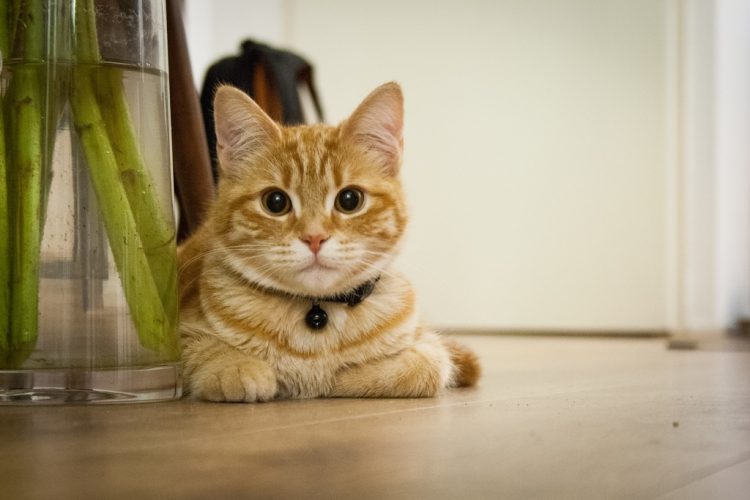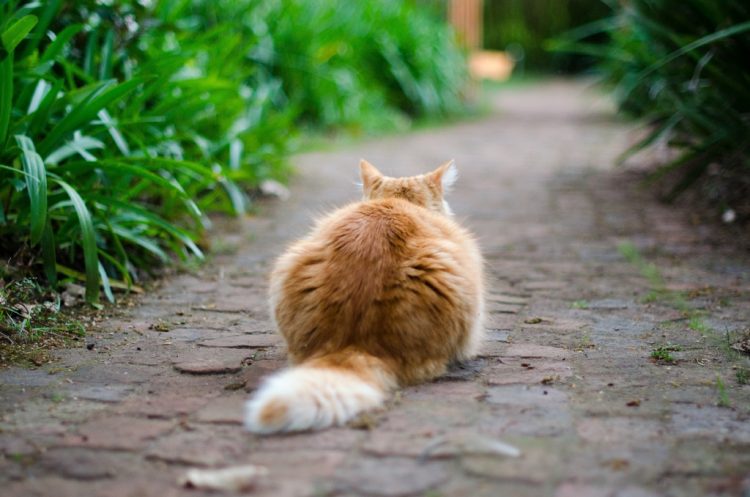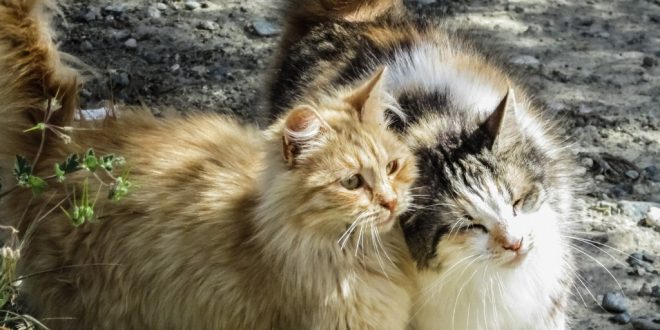Stray cats are sadly still found in many areas of the world. From feral cats that are born outdoors to stray parents or cats that are abandoned by irresponsible people, no cat-lover likes to see felines roaming the streets fending for themselves. If you have a stray cat that keeps turning up in your garden asking for food and love, you might be thinking about taking it on as your own pet. However, taking in a stray cat can be very different from getting a kitten or adopting a house cat, so there are several things to consider before you decide to make them your own.
Confirming The Cat is Stray
If you’ve ever had a cat, you’ll know that some outdoor cats can be very crafty and might visit neighbor’s houses to steal food and treats. You might be feeding somebody’s cat with the best of intentions thinking that they’re a stray when really, they have a home to go to. If you have spoken to your neighbors and nobody knows who the cat belongs to, it’s worth sending them out with a collar and a note attached to it or a paper collar with your details asking the owner to contact you. If nobody contacts you after doing this, there’s a high chance that the cat doesn’t have a home to go to. Another option is to have somebody from the vet come and scan the cat for a microchip or take her to the vet yourself if you can, to have her scanned for a chip. If no chip is present, or there is a chip but no response from the owner when you try to contact them, you’re a step closer to being able to adopt the cat as your own.
Stray Cats Need Patience and Time to Adjust

Many stray cats will have to do things on their own terms for a while. Don’t try to force the cat to do anything that they don’t want to do and allow them to build up their trust in you for a while before moving them into your home. Some stray cats might only feel comfortable coming into your garden for food and draw the line at entering your home, so it’s a good idea to build them a comfortable cat house outside so that they have somewhere warm and safe to stay until they trust you enough to come inside. Once indoors, your new cat will need some patience and time while they adjust to their new surroundings. Keep them confined to one room where possible that has everything that they need, especially if you have other pets at home that they will need to be introduced to slowly.
Feeding an Adopted Stray Cat
Cats have a bit of a reputation for being fussy eaters. However, many stray cats have not had this luxury throughout their lives and can become a little bit food-obsessed. Many stray cats have had to look after themselves for some time by catching their own food, scavenging for scraps, and begging for food from strangers, so don’t be surprised if your new stray is desperate to get their teeth into anything that you are eating, even if it’s completely unsuitable for cat consumption. You’ll probably need to be careful about any leftovers that you leave out on the kitchen side and make sure that your cat is getting a healthy and balanced diet that they can’t resist. Raw cat food is an ideal choice, especially if you are taking in a stray cat that is underweight or clearly has not had enough to eat recently. Check out Bella & Duke for more advice on choosing and feeding the right raw cat food for your pet.
House Training a Stray Cat

Cats who are born as pets will often be house trained by their mothers from a very young age. Kittens will observe their mother going to the toilet in their litter tray or box and will quickly pick up these habits so that by the time you adopt them at 8-10 weeks old, all you’ll need to do is make sure that they have a litter box and litter that is easy to access in your home and they’ll know exactly what to do. However, this might not be the case with a stray cat that you adopt.
Some stray cats might have been pets in the past and will remember what a litter box is for and how to use it, while others will need some house training. This is especially true if you take in a stray cat who became a stray at a very young age and has never had the opportunity to go in the litter box. You’ll need to make sure that you are ready for any accidents on your floors that might occur.
Puppy pads can be useful for keeping your house clean since many cats will be attracted to soft and absorbent materials to use as a toilet. Some cats may also benefit from putting a soil, rather than litter, into the litter box since this is what they’re used to going in outside. Make sure that your cat has a safe, undisturbed area of the house that they can go to and use the toilet.
If there are any accidents, clean them up with a good enzyme cleaner since the smell can linger for a while and your cat might be attracted back to the area again as a result. Avoid cleaning cat pee with bleach since this will smell just like pee to cats and won’t help to stop them from coming back to that spot.
Health and Wellness
It is a good idea to get your new cat checked over by the vet as soon as possible and have them vaccinated against serious diseases. The vet will also be able to microchip your cat so that your details are present if they are scanned, making sure that if they get out and get lost, you can be contacted quickly to come and collect them. If they are not already spayed or neutered, it’s a good idea to have this done as quickly as possible to prevent spraying and unwanted kittens.
Letting Your Cat Outside

Many stray cats are more than used to spending time outside and might struggle to adjust to a life indoors, although some might be more than happy to spend the rest of their life lounging around on your sofa. It’s important to approach this on an individual basis and see how your new cat responds to staying inside. If they are excessively scratching at your back door and meowing to go out, consider if it’s a safe option for them. If you are worried about their safety while outdoors, building a catio is an ideal choice since this gives them an enclosed space to enjoy the outdoors while keeping them away from roads and other potential dangers.
Stray cats are present pretty much everywhere, and if you’ve got one that seems to have adopted you, you might want to take him in and make him your own. However, there are lots of things to consider when taking in a stray cat and giving them the best life.
 Hi Boox Popular Magazine 2024
Hi Boox Popular Magazine 2024



